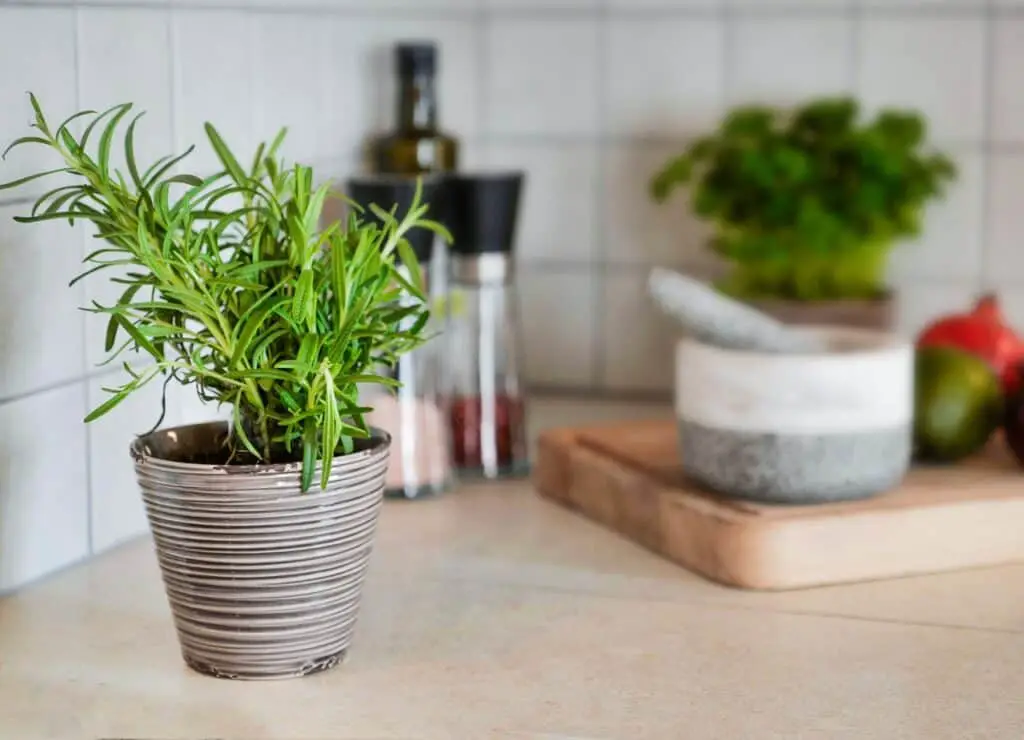Rosemary is a popular herb used in cooking for its aromatic properties. It is a perennial plant that is easy to grow, making it a great choice for gardeners, whether you have a large backyard or a small balcony. Growing rosemary in pots is a great option for those who don’t have enough space for a full garden, or for those who want to bring their herbs indoors during colder months. In this article, we will discuss some tips for growing rosemary in pots.

- Choosing the right pot and soil
When growing rosemary in pots, it’s important to choose the right size pot. A pot that is too small can stunt the growth of the plant, while a pot that is too large can lead to overwatering and root rot. A 12-inch pot is a good size for a mature rosemary plant.
It’s also important to choose the right type of soil. Rosemary prefers well-draining soil that is slightly alkaline with a pH between 7.0 and 8.0. You can use a potting mix that is specifically formulated for herbs or make your mix using equal parts of peat moss, perlite, and vermiculite.
- Provide adequate sunlight
Rosemary requires at least 6 to 8 hours of direct sunlight each day, so it’s important to place your pot in a sunny location. If you don’t have access to direct sunlight, you can use grow lights to supplement the light.
- Watering and fertilizing
When growing rosemary in pots, it’s important to not overwater the plant. The soil should be allowed to dry out slightly between waterings. It’s better to underwater than to overwater, as rosemary can be susceptible to root rot. Fertilize your rosemary plant once a month with a balanced fertilizer.
- Pruning
Pruning is important for maintaining the shape and size of your rosemary plant. It’s also important for promoting bushier growth. Prune your rosemary plant regularly, especially after it has finished flowering, to encourage new growth. You can also harvest the leaves for culinary purposes while pruning.
- Pests and diseases
Rosemary is generally a hardy plant, but it can be susceptible to pests and diseases such as spider mites, whiteflies, and powdery mildew. Regularly inspect your plant for any signs of infestation or disease and treat them as soon as possible. You can use neem oil or insecticidal soap to control pests and a fungicide for powdery mildew.

Conclusion
In conclusion, growing rosemary in pots is a great option for those who want to enjoy fresh herbs but don’t have enough space for a full garden. With the right pot, soil, sunlight, watering, fertilizing, pruning, and pest control, you can grow healthy and flavorful rosemary in your own home.

